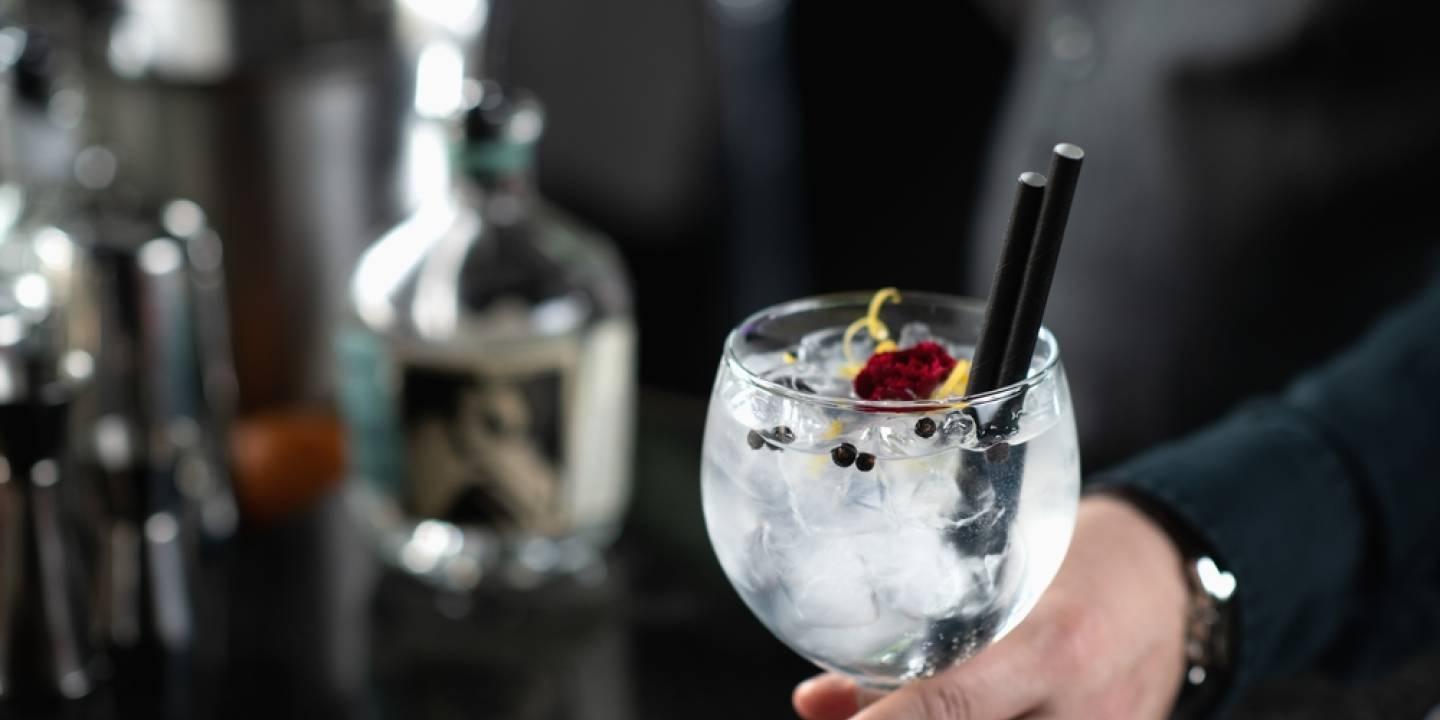While there isn't an exact definition of what constitutes a craft beverage, consumers continue to seek out beer, cider, wine, and spirits, as well as soft drinks that offer unique flavours, made from high quality ingredients, from brands with a positioning that suggests a smaller scale/artisanal manufacturing story.
Why is this trending?
The growth of the craft claim has its roots in the increasing consumer demand for more products that focus on quality, innovative flavours and artisanal production methods. In alcoholic beverages, 83% of all new product launches in the past year have contained the word 'craft' in the product name, suggesting a strong appetite for this brand positioning.
This trend has seen the creation of a new craft segment in the beer space in the last decade, where the ability to evidence the source ingredients, and provide greater transparency on how a beer is brewed, have ignited the explosion in popularity.
As a result, we have seen secondary waves of the craft tide hit other segments where the growth potential has proved to be highly attractive. The marked increase in consumption of premium gins has lead to something of a 'ginnaissance' as consumers seek more variety in their gin collection, paying close attention to the botanicals, their origin, and how they're distilled - while being willing to pay more for a boutique brand.
This, alongside the growth of the low and no alcohol trend, has led to a rush of innovation in the mixers space which is predicted to reach a value of US$17 billion by 2030.
Who is driving the craft trend?
The craft trend caters to adventurous palates seeking unique flavour experiences with a connection to high quality, natural ingredients. It also aligns with the broader consumer interest in premium products that cater to improved sustainability credentials and a great level of transparency for those considering the environmental impact of their drinking choices. Sustainable practices such as using local ingredients, minimising water usage, and opting for recyclable packaging epitomise successful craft brands.

The craft trend is also associated with premiumisation in soft drinks and non-alcoholic options as many health-conscious consumers are rethinking their alcohol consumption. Craft breweries and distilleries are responding with much-improved session beers, low-ABV RTD cocktails and alcohol-free spirits, catering to the growing population of consumers across multiple demographics who want to enjoy the taste and experience of a craft beverage, without the hangover.
The number of new product launches using 'craft' in the name has grown by 79% in carbonated soft drinks in the last five years. It intersects lots of other trends: it's premium, often indulgent, leaning into experiential, and can shine a spotlight on novel manufacturing techniques. Additionally, the emphasis on natural ingredients and avoidance of artificial additives adds to the premium appeal.
Where will it go next?
Gin is not the only spirit seeing a renaissance, with rum and tequila set to be the next segments to experience an overhaul, with their popularity being elevated by the growth in craft cocktails.
The challenge in this space is how to meaningfully differentiate. There isn't a strictly enforced legal definition of 'craft' beverages in the UK or US, however industry expectations suggest that craft products should typically: be from smaller producers, often independent and not owned by a large corporation; use traditional brewing or distilling techniques, with a focus on quality ingredients and unique flavours; and be transparent about their processes and ingredient sources.
The beverage industry is ever-evolving, but it looks like craft drinks are here to stay, as consumers will continue to be drawn in by their promise of unique, experience flavours and the focus on premium quality.
Want more?
Click the button on the left to sign up to receive our TrendBites, market intelligence, and product updates straight to your inbox, or follow us on LinkedIn and join the conversation.
